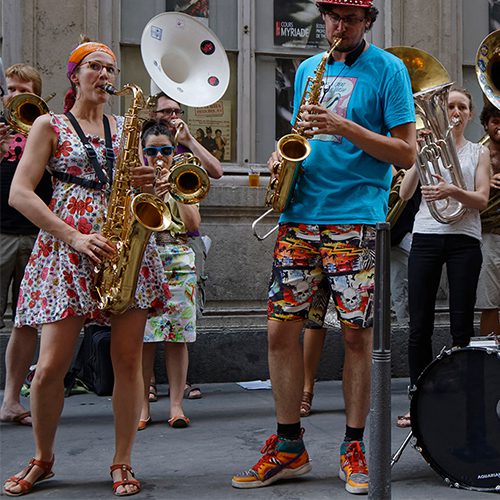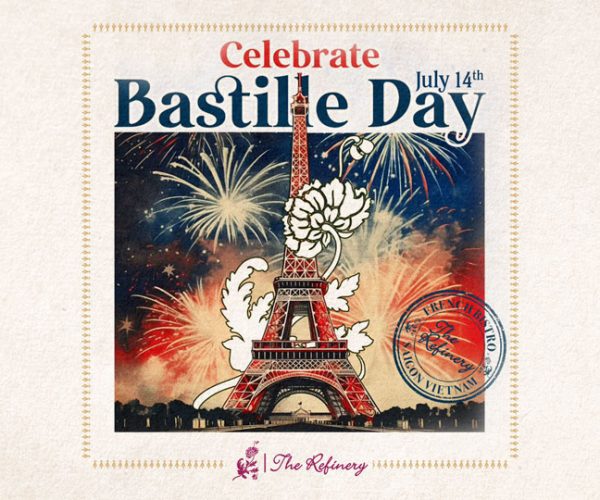From Debussy* to Damso* : The evolution of the Fête de La Musique
After the resounding success of the first official Fete de la Musique in 1982, the Ministry of Culture decided to make it a recurring holiday. Since 1982, the festival has evolved, changed and grown. While the first Fete de la Musique held in 1982 was a national French holiday, by the 2000s the festival had successfully exported itself to every corner of the globe, being celebrated by 110 countries on 5 continents and more than 340 cities and towns.
Initially a showcase of French classical music and pop, the Fete de la Musique became a celebration of music in its entirety, with increasing participation from immigrant communities contributing to the impressive diversity. From local budding guitarists plucking away on a street corner to whole traditional Moroccan orchestras setting up shop in their buildings, the Ministry of Culture encouraged anyone with an instrument to take to the streets and fill them with melody until the sun rises. They created the slogan Faites de la Musique ! , literally “Make Music !”, a homonym for the name of the festival.
The emphasis on local, community-based musicians was thought of as a way to limit private establishments like clubs, bars and restaurants from taking over and causing public nuisances with their elaborate sound systems. While the government allowed these establishments to stay open later than usual and serve alcohol to-go, there were also strict limitations on noise levels imposed on them, as well as how much music they could play.
Free public concerts became a staple of the Fête de la Musique, as well as a culture of drinking, partying and unwinding as people celebrated the arrival of summer after a long winter. The celebration is an occasion for cities to impress and put on a show and open the season of summer festivities.
Debussy is a famous french classical composer, Damso is an award-winning belgian rapper



